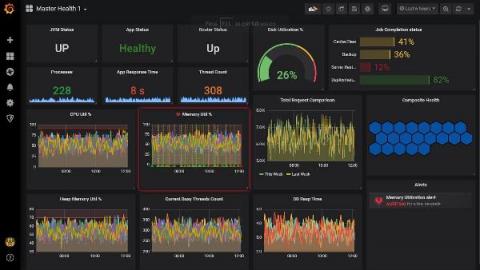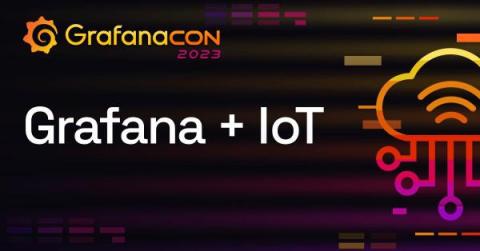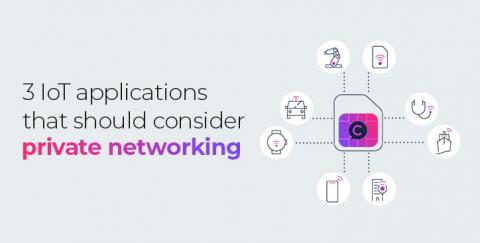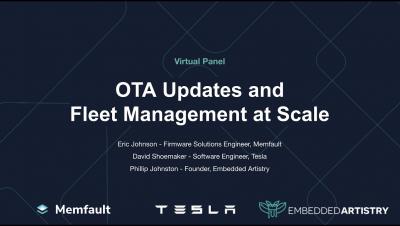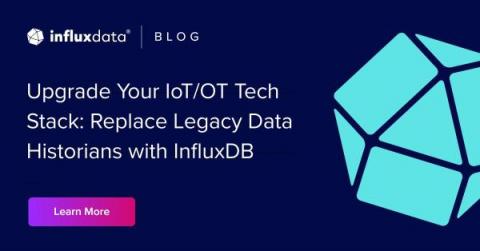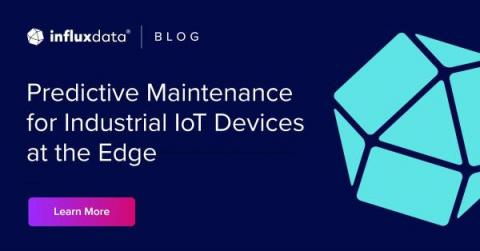Pocket article: Debug vs. Release Builds Considered Harmful
Separate “debug” and “release” builds are very common in embedded development. Typically the notion is improved debug capabilities (less aggressive compiler optimizations, more debugging information like logs) vs. highly optimized and hardened production release builds. I’m here to describe disadvantages to this practice, and why it might make sense to consolidate to a single build! Like Interrupt? Subscribe to get our latest posts straight to your mailbox.



